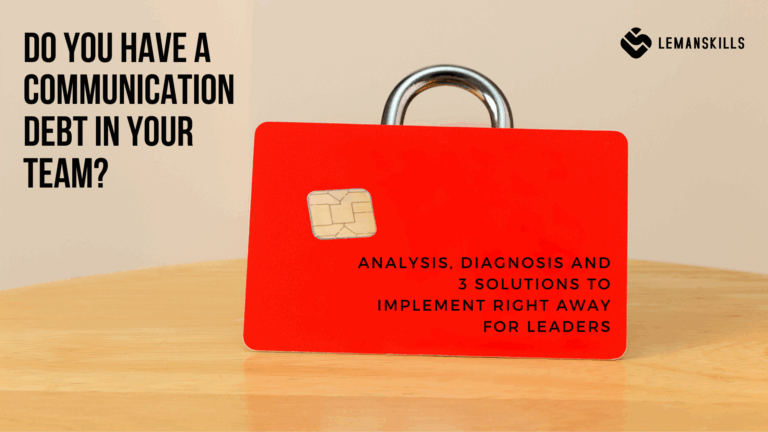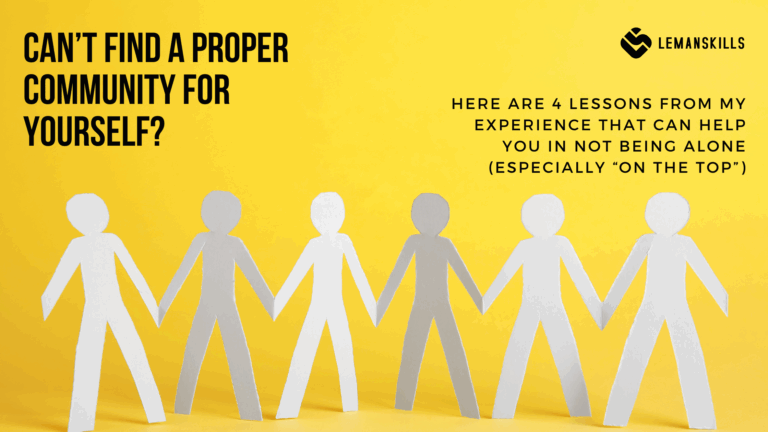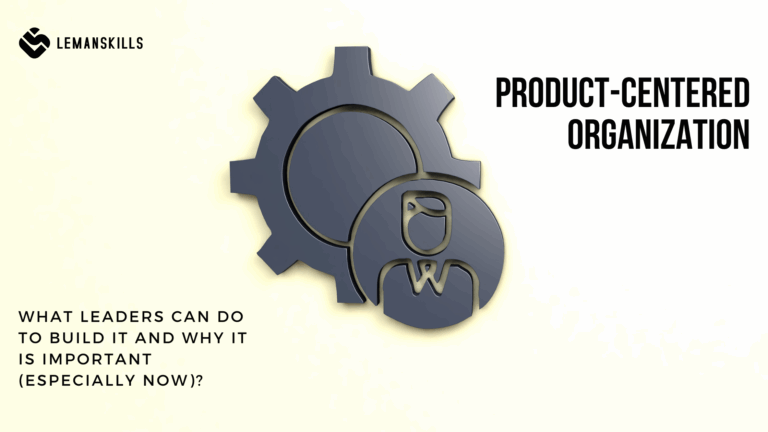We talk a lot about the changes we want to make in our lives, relations, career. We share with others our dreams, goals and visions about how we would like our live to look. And yet, 80% of the cases stop at this stage – talking, dreaming and not taking any action to actually change something.
Why? Because we don’t like changes. We don’t like to feel uncomfortable, or to make decisions that put our current situation at work at risk. Even if it’s not perfect, even if it’s frustrating and we are not happy. “Better known enemy than unknown friend”, they say. So we stick to the job we don’t enjoy, years are passing through while we still wish for the best, crossing our fingers under the table (maybe next year will be better?).
And what happens? Nothing changes. And we are upset, disappointed and miserable that we didn’t get different income from the same behavior.
So today, let’s do something about it in a simple, easy way. These are 3 things you can do to make an actual change in your career that will boost your energy level, bring back your passion and high level of internal motivation. Interested?
1. Choose one small habit that can improve your life and career.
A success, whatever it means to each of us is a sum of many small decisions, habits, choices, people who helped or supported us, opportunities we took and investments we made. We see successful people and we often think that they are so extraordinary, special, talented, rich. And there is no such thing. Each of those people worked and worked, and worked, they’ve spent tremendous number of hours on learning, making mistakes, trying again, building a decision-making muscle and succeed at the end of the day.
And every person on the planet can do the same thing.
Everything starts with one, small thing, a habit that improves our life in overall, and a career as a side effect at the very beginning. Choose one thing you would like to do that you don’t do today. Remember to keep it very small, extremely simple. You can use some of those or create your own example. The important thing here is that this new habit needs to be linked to the existing one, that you already have. So for example if you get up every day at 6:00AM, you can sit at bed for 5 minutes and meditate before you start your day. If you drink a cup of coffee with your breakfast, read 5 pages of a chosen book (it can be anything you want) while drinking it. If you take a shower every morning, before your water is warm enough, do 5 pushups. Better habits mean better health, better health means better energy and better energy means better decisions about your life and career.
2. Cut one thing from your career that drives you crazy.
We all have things we don’t like or don’t want to do. Always was, always will be that way. But the ratio should be 80/20 – 80% of the things at work that are inspiring, interesting or developmental and 20% of those that are not really amusing, but we know that they need to be done. If it’s the other way around, there is a straight way to the burnout zone, and we need to quickly do something about it to avoid feeling this way.
Try to pick one thing that drives you crazy at work. It can be one task, one project, one report or even one person that notoriously exceeds your boundaries. You can use Influence Matrix to see where it lands regarding influence and importance level. Can you pass it to someone else, maybe delegate if you are a manager? Can you let it go, since it is really not important at all and “it has always been done this way”, so you’ve been doing it? Can you talk to your manager so the task may be transformed somehow? Can you set your boundaries better?
Think about one thing that bothers you the most and about the way you can cut it. It’ll give you less negative energy, frustration and will make space for better energy, more potential and enthusiasm or more positive people with a good influence.
3. Find one person with an extraordinary career to follow.
A great inspiration is something that can move us forward, to give us a boost of internal motivation, to create a space for our brain to think and act bigger, to have more courage. Sometimes it’s right there – we have those people at work, great managers, colleagues, mentors. Sometimes those people are in our private lives – our friends, family members or mentors from the outside (i.e. local communities). But quite often we live and work in less inspiring environment, so we need to find it on our own somewhere else.
Find one person who can be an inspiration for you. It can be somebody from your work or home, it can be somebody you don’t know, and you’ll never have a chance to meet. It doesn’t matter. You can start with a book of this person, a podcast, an interview or an article. Use one of the examples here and here or ask your colleagues or friends who is inspiring for them and use it as you seem it fit to your current situation. See what you can apply to your life and career, connect it with the point 1 of this article.
Sometimes this first spark means more than anything else.
The bottom line
Simplifying, making things easier, in a faster way, yet impactful. That’s something we all can use more. Focusing on that can bring us a lot of good, positive energy that will transform our actions into the value we give ourselves or others. Choose one thing you can do for yourself, starting today, add to it cutting one thing that you are going to stop doing, starting today. Find somebody who inspires you and will influence you in a good way. That’s a good start of boosting your career and life.
Shall we?




